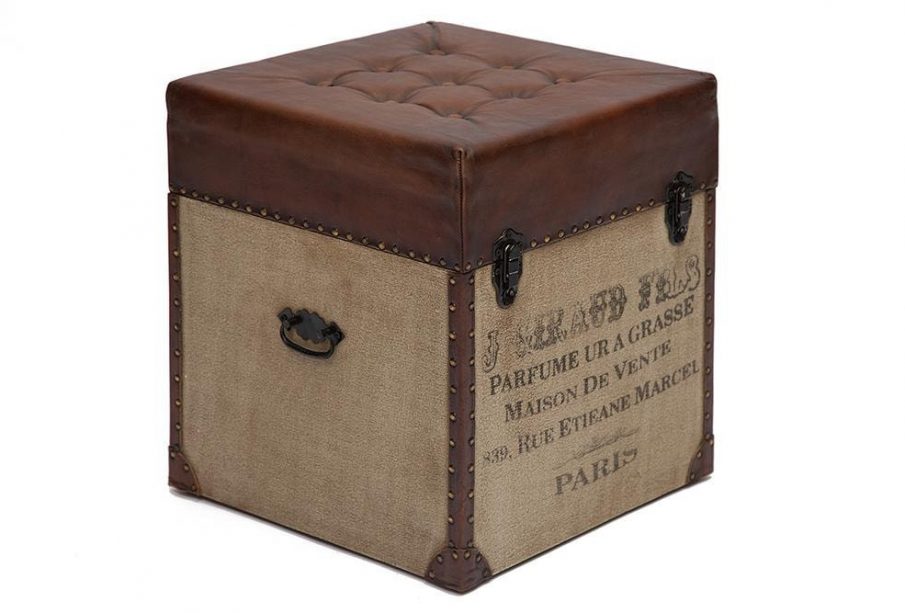Exploring Clichy: A Vibrant Suburb of Paris

Introduction
Clichy, a dynamic suburb located just northwest of Paris, has been undergoing significant transformations in recent years, making it a topic of interest for locals and tourists alike. Traditionally known for its historical significance and close proximity to the French capital, Clichy has evolved into a lively area rich in culture and diversity. Understanding Clichy’s current developments provides valuable insights into the broader changes happening in suburban Paris.
Historical Significance
Clichy has a storied history, dating back to the Middle Ages when it was an important site for water management due to the Seine River. The area has seen various phases of growth and decline, particularly during the industrial revolution. In the 19th century, Clichy became home to numerous factories and industries, leading to an influx of workers and a diverse population. Today, many of these historical sites are being preserved and repurposed, highlighting Clichy’s commitment to maintaining its rich heritage while adapting to modern needs.
Modern Developments
Over the past decade, Clichy has experienced substantial urban renewal projects aimed at revitalizing its infrastructure and public spaces. The addition of new housing developments, shopping centres, and community parks has made the area more attractive to families and young professionals. The town’s commitment to green spaces is evident with projects like the new Parc des Impressionnistes, which provides residents with areas for recreation amid nature.
Moreover, Clichy is well connected to the city centre of Paris via the Metro and bus services, further enhancing its appeal as a residential area. The recently announced Metro line extension, planned to be completed by 2024, is expected to facilitate even greater accessibility to and from the heart of Paris, encouraging economic growth and development in the region.
Cultural Landscape
Clichy also boasts a diverse cultural landscape, with a variety of festivals, art exhibitions, and food markets that reflect its multicultural identity. The annual Fête de Clichy celebrates local arts and crafts, attracting visitors from surrounding areas. Additionally, community initiatives promoting local artists and musicians have enriched the area’s cultural significance, making it a hub of creativity.
Conclusion
The ongoing changes in Clichy highlight the suburb’s relevance as a case study for the evolution of urban spaces in metropolitan France. With its blend of historical charm and modern development, Clichy is poised to become an increasingly popular destination for both residents and tourists. As urbanisation and population growth continue, Clichy’s transformation is expected to reflect a broader trend of suburbanisation in the Paris region, making it a significant area to watch in the coming years.









